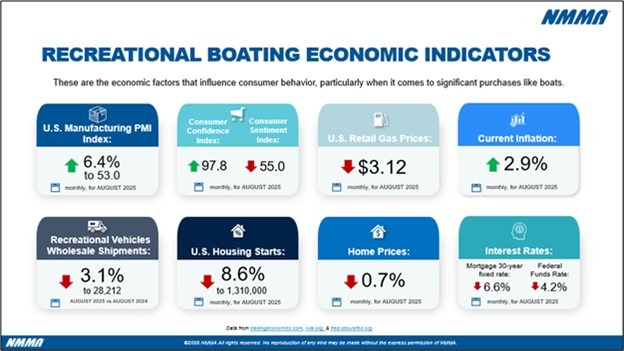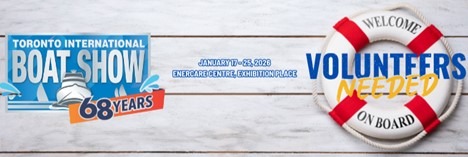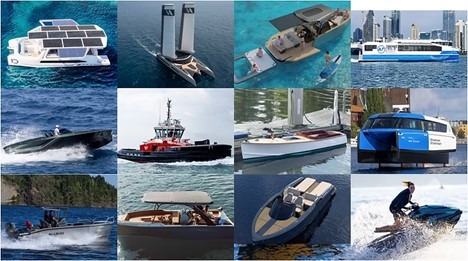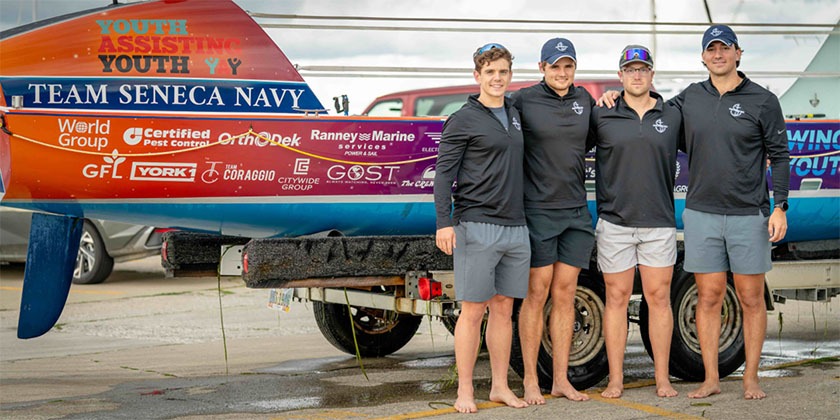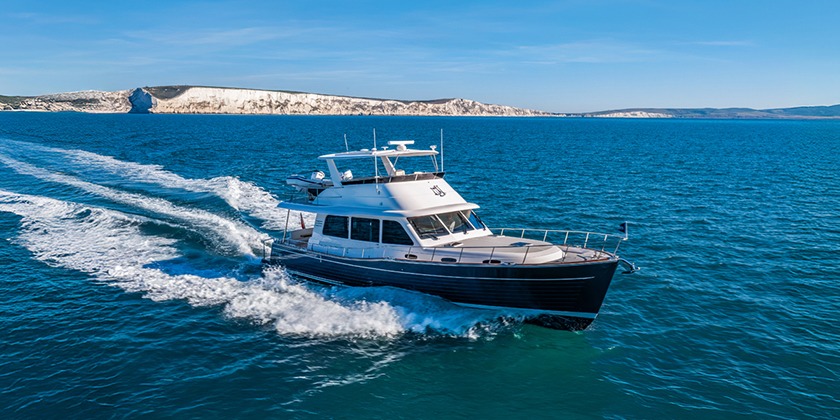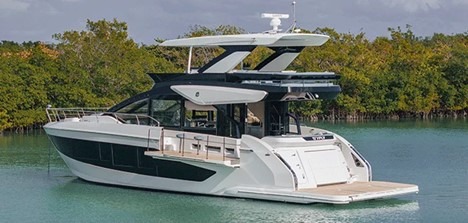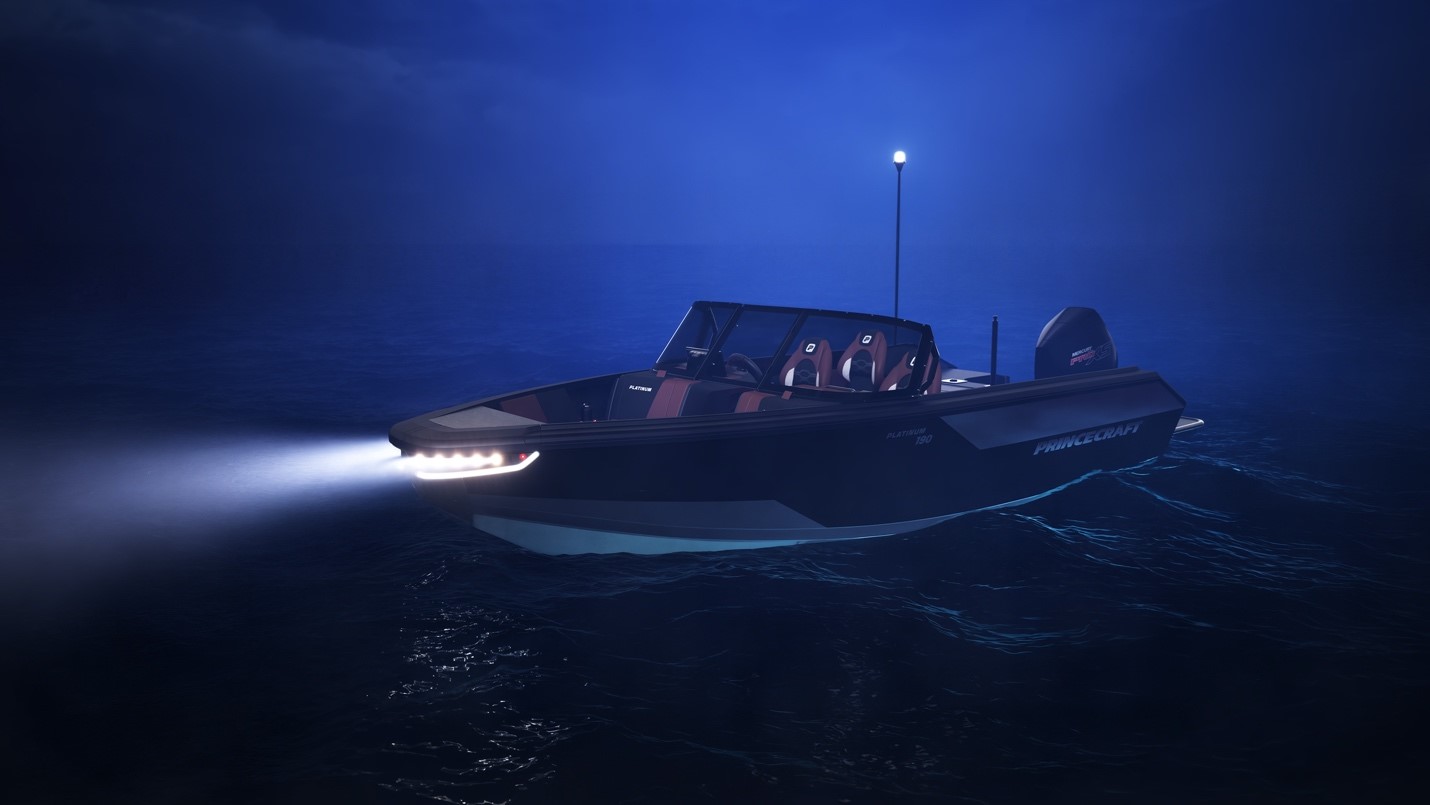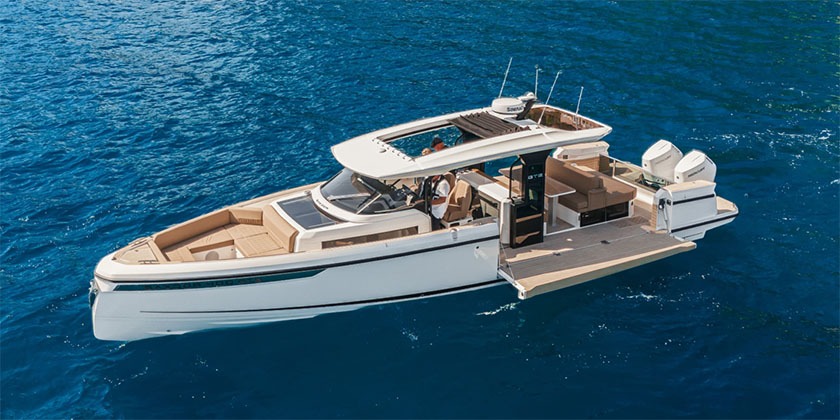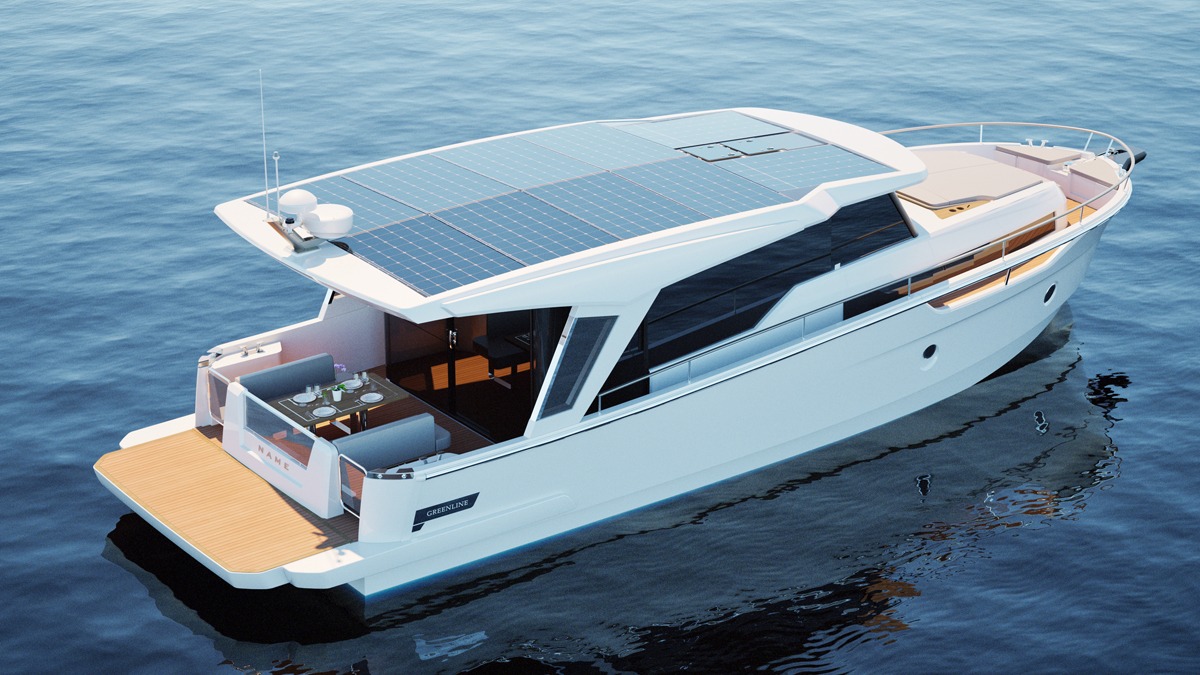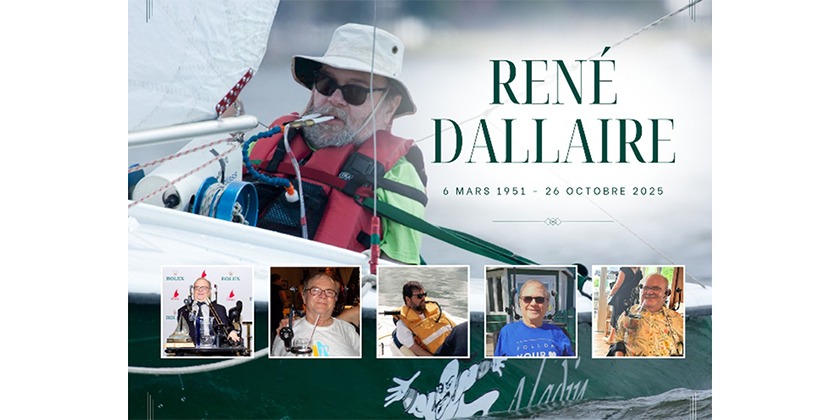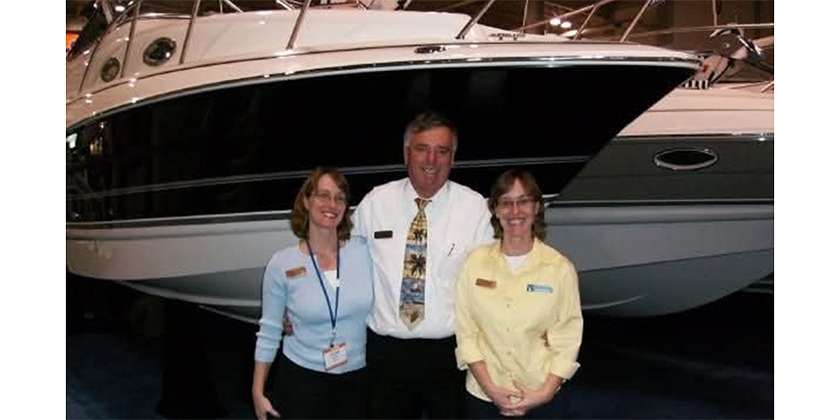Readers Write: Response to News Week Digest Tornado commentary

Aug 10, 2021
Prompted by recent extreme weather events, we had written about the damage trail left by a tornado in Ontario and also about a sailboat in the UK that was struck by lightning. We received this interesting and amusing response from one of our readers:
“Ok, after reading today’s newsletter, this reader wants to know: If I am out in a boat and see a tornado coming at me, what is the best strategy. Is a waterspout the same as a tornado?
Can you outrun a tornado in your boat?
Most tornadoes travel from the southwest to northeast with an average speed of 30 mph. However, observed speeds have been recorded between almost no motion and 70 mph. [source]
Tornadoes do tend to move in a straight line, but they’ve been known to suddenly veer off course, too.
On the water, we could see waterspouts. There are two kinds of waterspouts: a relatively gentle one on a good day, and the worst kind of spout that is born from a tornado.
“A fair-weather waterspout develops on the surface of the water and works its way upward. By the time the funnel is visible, a fair-weather waterspout is near maturity. Fair weather waterspouts form in light wind conditions so they normally move very little.
Tornadic waterspouts are tornadoes that form over water, or move from land to water. They have the same characteristics as a land tornado. They are associated with severe thunderstorms, and are often accompanied by high winds and seas, large hail, and frequent dangerous lightning.” Source.
The CDC website tells us to never stay in a mobile home, and that “The least desirable place to be during a tornado is in a vehicle.”
Wrong.
In our opinion, the least desirable place is a boat. You could get tossed like a potato chip.
Best advice: Put on your PFDs, cover your head and neck and grab your children. Cover yourselves for protection from flying debris and hail.
In a power boat, run full speed at 90 degrees to the path of the spout. In a sailboat, drop sails and lie low.
And hum this song by Styx:
{youtube}XA6Eh_sflNU{/youtube}


